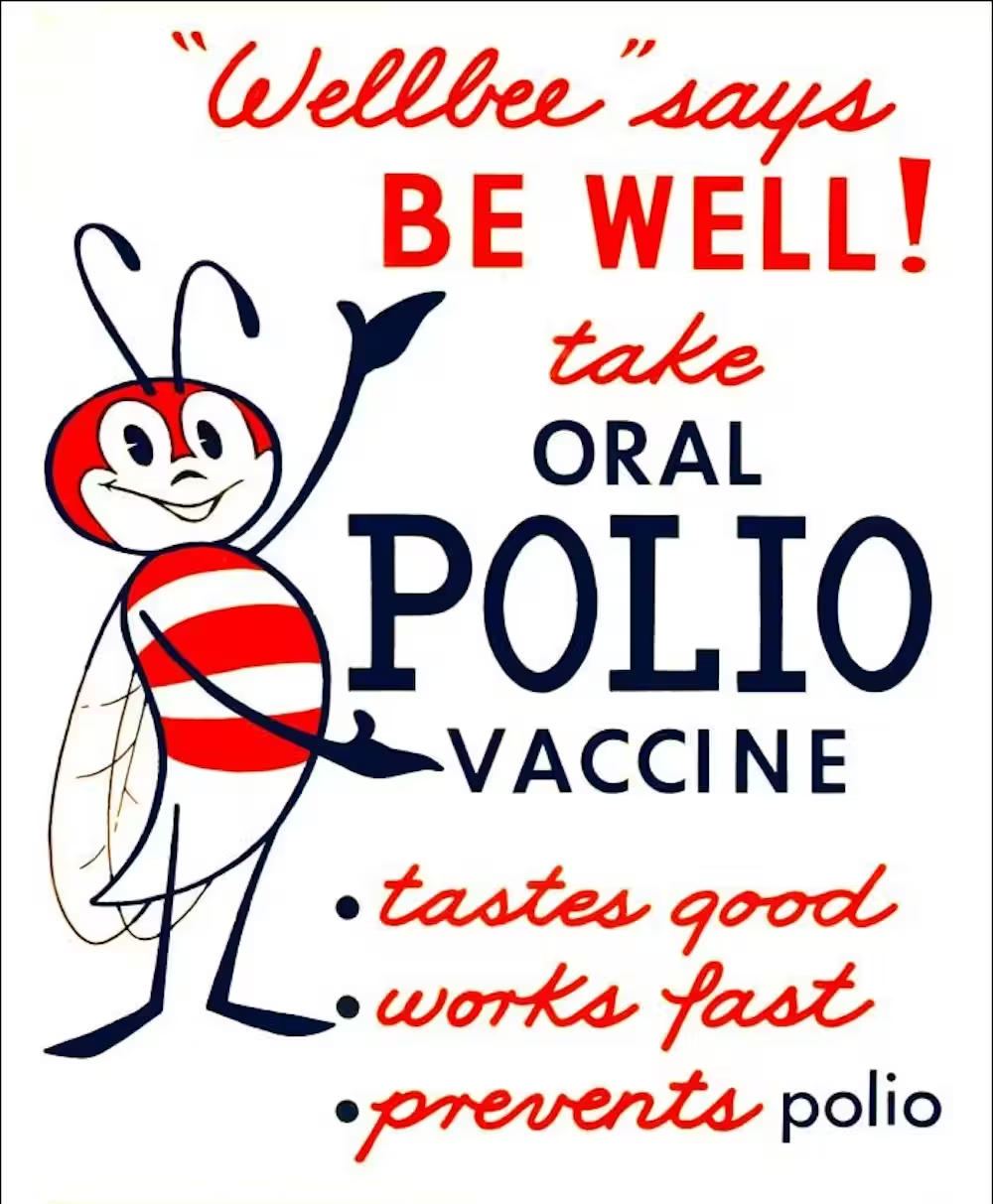7 Minutes
Vaccines have been central to modern public health, drastically reducing the spread of infectious diseases such as measles, mumps, and rubella. Yet, outbreaks persist in communities where effective vaccines are available, leaving public health experts and the general public searching for answers. Is vaccine hesitancy primarily a matter of misinformation, or can rational, science-minded individuals reasonably opt out of vaccination? Recent research suggests that the dynamics are far more complex — rooted in mathematical frameworks like game theory, which illuminate why rational decisions at an individual level may produce collectively risky outcomes.
The Science of Individual Choice and Collective Risk
At the heart of the vaccine hesitancy conundrum lies game theory, a specialized area of mathematics that investigates how people make decisions based not just on their circumstances, but also on the actions of others. The dilemma is best captured by the work of Nobel laureate John Nash, whose pioneering contributions have revealed that personal rationality does not always result in the best collective outcome.
For vaccination, this dynamic is clear. When a parent decides whether to vaccinate their child against diseases such as measles, they weigh the rare risks associated with vaccination against the potentially severe dangers of the illness itself. Crucially, the decision is heavily influenced by the vaccination choices of others in the community. High vaccination rates can create 'herd immunity'—whereby the spread of disease is greatly curtailed because few people are susceptible. Once herd immunity is established, some individuals may conclude that foregoing vaccination is less risky, relying on the collective immunity built by others.
Unlike personal medical choices — such as treating high blood pressure, which exclusively affects the individual — vaccination is inherently social. Each person's decision has ramifications across the community, linking individual actions to public health outcomes.
Case Study: Community Dynamics and the Measles Resurgence
A clear example of these dynamics played out in Texas, where declining vaccination rates triggered the largest U.S. measles outbreak in a decade. In one county, immunization coverage dropped from 96% to 81% over five years, far below the critical threshold of approximately 95% required to guarantee herd immunity against measles. Once this threshold was compromised, the conditions were set for the disease to return, despite its previous elimination.
This real-world scenario aligns with game theory predictions: decisions that seem rational and low-risk for individuals (such as not vaccinating when others do) can collectively undermine community protection, resulting in outbreaks.

The Free Rider Effect and Systemic Vulnerabilities
Economists label this phenomenon the "free rider problem," where individuals benefit from a public good (herd immunity) without contributing to its maintenance (by vaccinating). Game theory suggests that even if vaccines were flawless, with perfect efficacy and zero side effects, universal coverage through voluntary vaccination would remain elusive. Once vaccination rates are high, some rational actors inevitably opt to "free ride," knowing they benefit from the majority's choices.
Mathematical models further predict a sharp decline in vaccination rates in response to safety concerns—a trend observed in recent years. When trust falters, many parents suspend vaccinations simultaneously, leading to quick drops in coverage. The road to recovery, however, is slower: rebuilding trust and overcoming the free rider challenge require individuals to see others choosing vaccination first, a process that can be painstakingly gradual.
Local social norms and information networks also shape vaccine decisions. As more parents in a community forgo vaccines, others may follow suit, creating what game theorists call "susceptibility clusters." These pockets of low vaccine coverage allow preventable diseases to persist, even when overall state or national averages appear sufficient. Consequently, a 95% vaccination rate may hide significant local vulnerabilities.
Moving Beyond Blame: Addressing the True Roots of Hesitancy
Understanding vaccine hesitancy through the lens of game theory debunks the narrative of moral failure. Instead, it highlights how misaligned incentives in the system can make individual rationality clash with collective health. Assigning blame or accusing parents of selfishness can be counterproductive, often making individuals more defensive and resistant to change.
Research supports a more constructive approach. For example, a 2021 study demonstrated that parents responded more positively—showing a 24% greater likelihood to consider vaccination—when messages focused on community protection and acknowledged their concerns, compared to communications emphasizing personal responsibility or suggesting selfishness. This insight underscores the value of framing vaccination as a collective benefit and a societal solution rather than a personal obligation.

Effective Science Communication Strategies
A crucial step in bridging the gap between scientific evidence and public health action is refining communication. Clearly presenting the relative risks is essential: measles, for instance, carries a 1-in-500 mortality rate, vastly outstripping the rare severe side effects of the vaccine. Yet, such data is often missing or diluted in public conversations.
Approaches should be tailored to the needs of specific communities. In areas with already high immunization rates, efforts should focus on sustaining momentum, while in low-coverage regions, trust and transparency are key to reversing downward trends.
Consistency in messaging from health authorities is critical for maintaining trust. Studies show that conflicting guidance or frequent shifts in recommendations can breed suspicion and lead some to delay or skip vaccination. Conversely, heavy-handed scare tactics sometimes drive people toward intransigence or further doubt.
Community engagement, such as public discussions or transparent reporting at the school or neighborhood level, helps make vaccination decisions more visible and fosters positive social norms. Emphasizing how vaccination shields vulnerable groups—such as newborns, the elderly, or people with compromised immune systems—bridges the understanding between personal health decisions and broader societal benefits.
Crucially, health care providers remain the most trusted source of vaccine information. When clinicians recognize the systemic and rational origins of hesitancy, they can address questions with empathy and accuracy, reinforcing the message that hesitancy is often grounded in risk assessment rather than outright opposition to science.
Conclusion
Vaccine hesitancy in the age of outbreaks and scientific consensus is less a reflection of ignorance or denial and more a predictable outcome of how individuals balance personal and communal interests. Game theory offers a vital framework for understanding these choices, revealing both the vulnerabilities in public health systems and opportunities for building more aligned incentives. By shifting the focus from blame to constructive engagement—and by refining communication and policy to address collective challenges—society can better protect itself from preventable diseases and enhance resilience against future health threats.
Source: theconversation


Leave a Comment